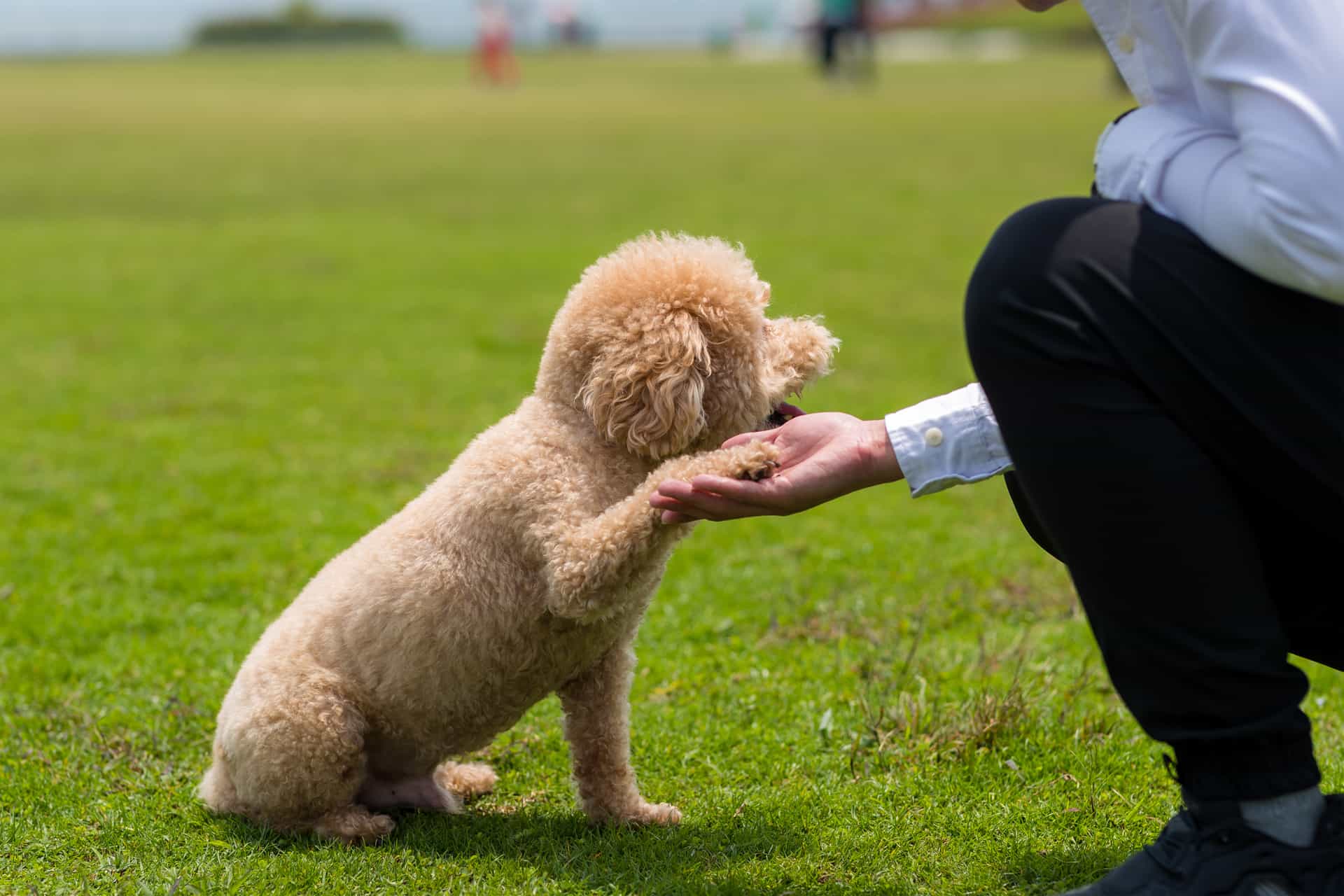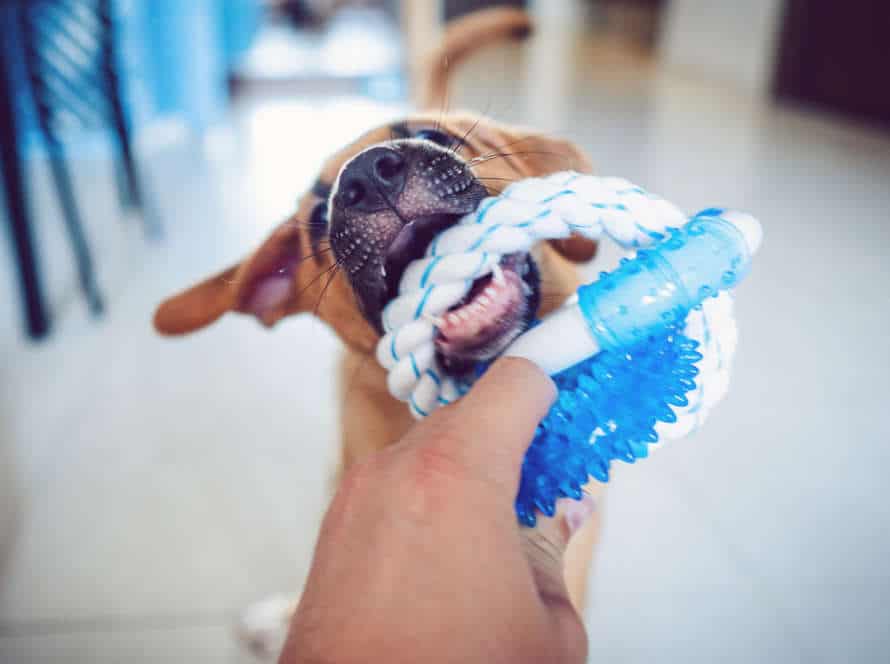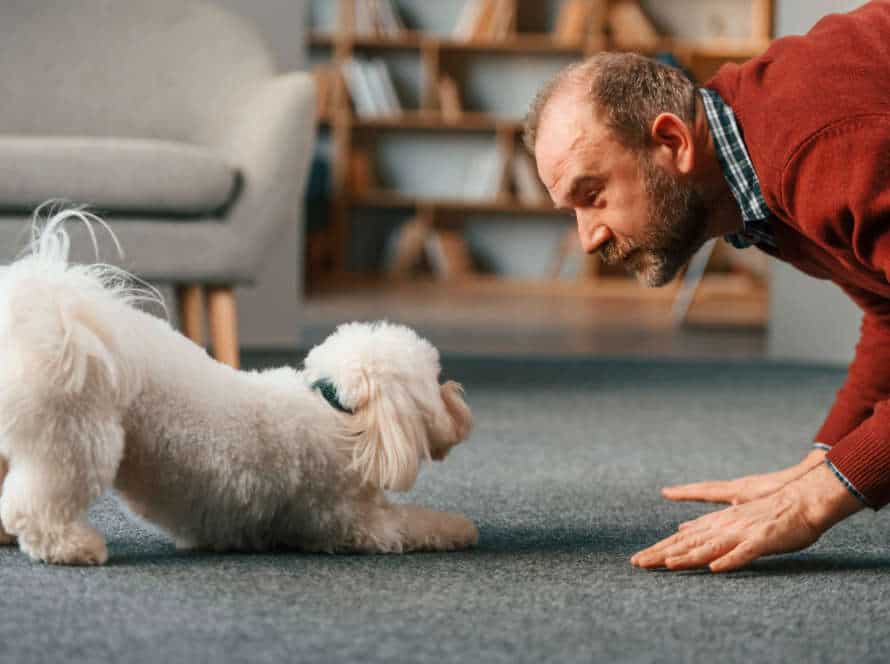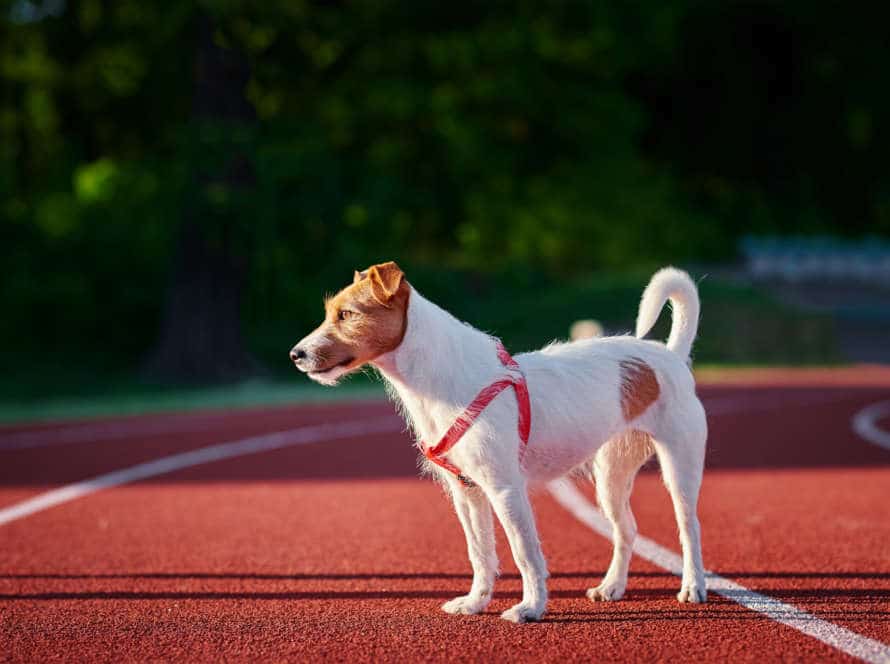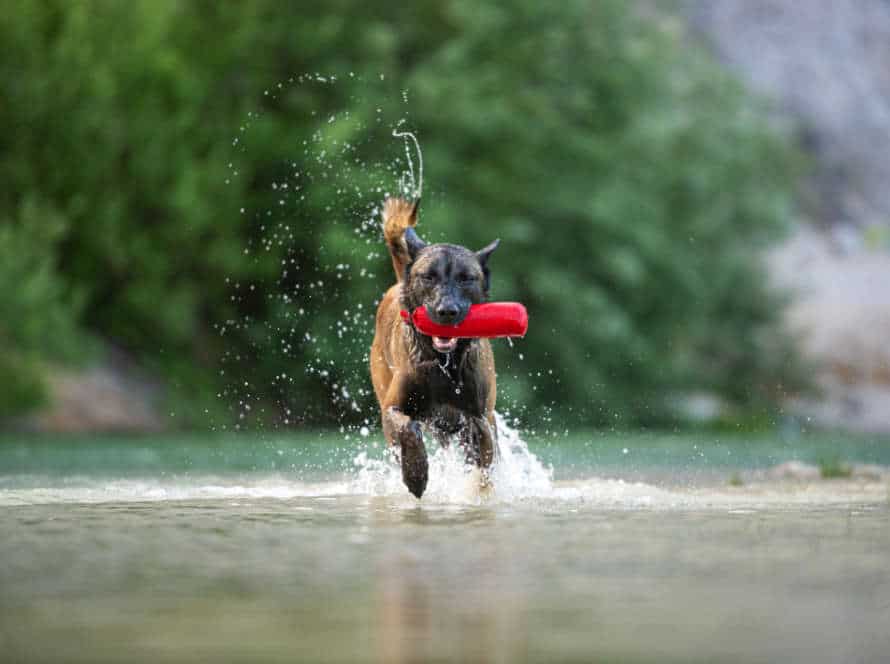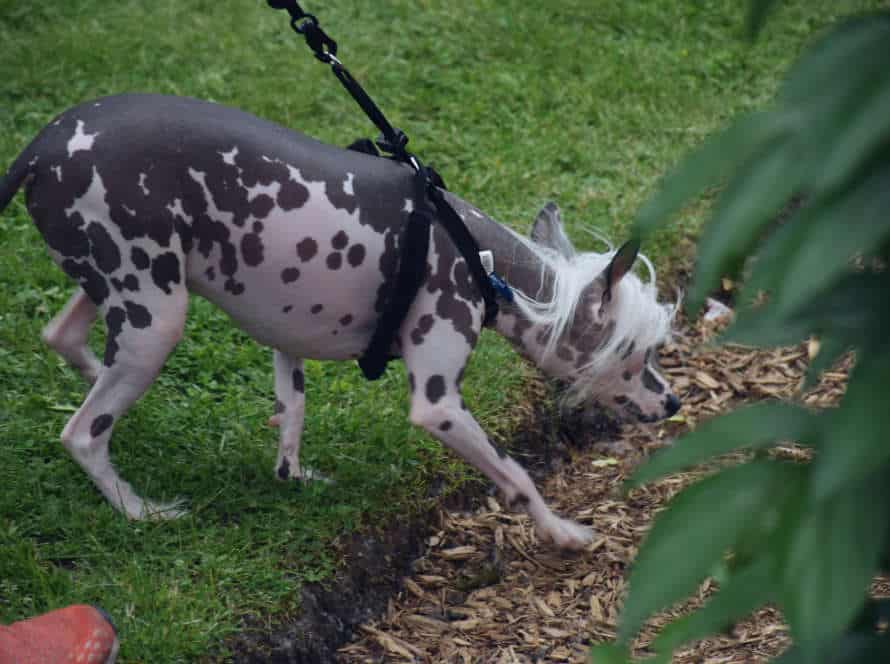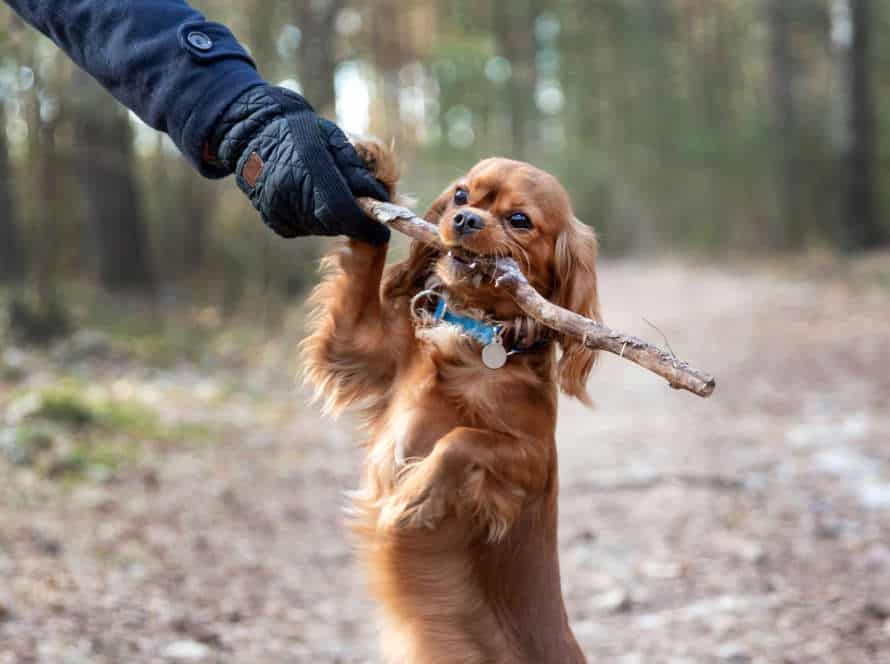Level Up Your Dog’s Trick Training: Advanced Skills
Training your pup beyond basic tricks can bring them to the next level! Concentration and patience are needed from both the owner and pup for advanced dog trick training. But with practice and persistence, you can teach your pup some amazing tricks.
Here are some advanced tricks to try:
- Bow
- Roll over and play dead
- Speak and be quiet
- Spin
- Wave goodbye
- Play hide-and-seek
- Crawl
- Take a bow
Remember that advanced training needs lots of practice and patience, so don’t get disheartened if it takes some time for your pup to learn. Once they’ve mastered these tricks, show them off at the next social gathering or dog show. Pro tip: Always use positive reinforcement and make training sessions fun and short.
Advanced Training Techniques
Boosting your pup’s trick training from novice to advanced? It takes time and patience, but it’s rewarding for both of you!
Learn techniques to take your pup’s training to the next level. Give them the skills to ace more complex tricks. Positive reinforcement and hand signals, tips on breaking down complex tricks into easier steps – we cover it all!
Shaping: What is it and how to use it?
Shaping is a way to train dogs. It encourages the pup to get the desired behavior on their own. It’s done in multiple steps which get closer to the final goal. Here’s how to shape your pup’s behavior:
- Choose a behavior you want them to learn.
- Break it down into smaller steps.
- Reward any behavior that looks like the end goal.
- Gradually make it harder.
- Only reward the final behavior when the dog gets it right.
- Use a clicker or verbal marker (“yes!“) to mark when your pup does the right thing. Then, reward them.
- Keep training sessions short. End with something positive.
Pro Tip: Shaping is good for teaching complex things like hoop jumping, fetching objects, and trick sequences.
Capturing: How to capture a behavior without luring?
Capturing is a technique for training a dog without using treats or toys. It takes precision, patience, and knowledge of the pup’s behavior. To capture a behavior without luring:
- Observe your dog to see which behavior you want them to do.
- Have treats ready but not visible to your canine.
- Wait for the dog to naturally do the behavior.
- As soon as they do it, give them a treat and praise them.
- Repeat this process a few times until they learn the behavior means a reward.
- Be patient and stay consistent with the training – capturing takes time.
- If they aren’t responding, modify the environment or say a verbal command.
Pro tip: Capture can be used to teach tricks such as playing dead and howling on cue!
Chaining: How to chain behaviors to make longer sequences?
Chaining is a sophisticated way of training your pup. It involves combining several behaviors into one long sequence. Before you teach your dog this technique, they should understand each individual behavior.
Here’s how to chain:
- Start with the last action in the chain. Teach each behavior in reverse order.
- Make sure your pup can do each one without help.
- Put them together into longer sequences.
- Keep practicing until your pup can do the whole chain without a hitch.
Remember to use positive reinforcement and keep each session short. With enough practice, your pup can learn complex tasks with chaining! Pro Tip: Always reward your pup when they complete the chain – this encourages them.
Tricks and Skills to teach your dog
Teaching your pup tricks can be so rewarding! It’s fun and helps build the bond between you two. Want to take it to the next level? Here’s how to teach advanced tricks! In this article, we’ll look at how to do this.
Backward weave through legs
The backward weave through legs is an advanced trick skill! It can take your dog’s training to the next level. Here’s how to teach it:
- Start by teaching the forward weave.
- Stand behind your pup and move back with your right foot when they start to go forward.
- Mark the backward movement with a clicker or verbal cue. Give them treats as a reward.
- Increase the distance and duration gradually.
- With practice, your dog will learn to weave both backward and forward. An awesome trick to show off to your friends and family!
Doggie push-up: The perfect upper-body exercise
Doggie push-ups are great for your pup’s upper body! Plus, it helps with their core strength.
Here’s how to do it:
- Have your pup lie flat on their belly.
- Ask them to push up in a “sit” position.
- Then, back to “down” again.
- Repeat this 5-10 times, gradually increasing.
Make it fun with treats and praise. With patience and consistency, they’ll be a pro!
Remember: consult your vet before starting any exercise program.
Shell game: Teaching your dog to find hidden objects
Make training your pup fun and beneficial by teaching them the Shell game! It involves three cups, each with a treat hidden under one of them. After they’re shuffled, they must watch and remember which cup has the treat. Here’s how to do it:
- Step 1: Start with one cup. Show them to nose or paw the cup for a treat.
- Step 2: Set up the three cups and put a treat underneath one. Let them find it.
- Step 3: Shuffle the cups and prompt them to pick the right one.
- Step 4: Increase difficulty by speeding up the shuffling and using more cups.
Pro tip: Finish each game with success. It will motivate your pup and help their mental growth.
Improving accuracy and speed
Training your pup advanced skills can be fun and fulfilling. Your dog likely knows ‘sit’, ‘down’, and ‘come’. But, have you considered bettering their trick training accuracy and speed? Follow these steps to help your pooch reach the next level. We will talk about the fundamentals of elevating accuracy and speed with trick training.
- Start with a strong foundation. Practice the basic commands until your dog has mastered them. A strong foundation will make it easier for your dog to advance to more complicated tricks.
- Break down the trick. Break the trick down into smaller pieces, teaching your dog one step at a time. This will help your dog master the trick and build up to more complex behaviors.
- Use positive reinforcement. Reward your dog with treats and praise when they successfully perform a trick, and be patient when they need more time to learn.
- Practice regularly. Consistent practice is key when teaching your dog advanced tricks. Keep training sessions short and fun to ensure that your dog stays engaged.
- Challenge your dog. Once your dog has mastered a trick, make it more difficult by adding distractions or increasing the speed.
Adding distance and duration to existing behaviors
Advancing your pup’s trick training is a must, for accuracy and quick responses. Here’re some tips to help:
For increasing distance:
- Start by taking a few steps away from your dog while giving verbal cues for the behavior.
- Gradually increase the distance over several training sessions.
- Reward success.
For increasing duration:
- Start short, and as your pup feels comfortable, gradually increase duration.
- Use verbal cues and treats to reinforce the desired behavior of staying in place for longer.
Training your pup to perform behaviors from afar for extended periods will make them more disciplined and responsive to commands.
Refining behaviors: capturing smaller and more precise movements
To make trick training more accurate and faster, refine your pup’s behaviors by capturing finner movements. Here’re some tips to up your game:
- Break each trick into parts and capture each one separately. This’ll help build muscle memory and boost accuracy.
- Use a clicker or say a marker word to mark the exact moment your dog does the wanted behavior.
- Increase difficulty slowly by introducing distractions like noise, motion, or other people/pets.
- Reward your pup with treats or praise for each success. This’ll keep them motivated and interested.
With persistence and training, your pup can learn expert skills and perform more precise moves to wow your pals and family. Pro tip: Be consistent in training and practice often to get the expected results.
Ideas for incorporating hand and verbal signals
For advanced dog trick training, use hand and verbal signals. It’ll make the process smoother. Here are some ideas:
- Match a verbal command with a hand gesture for each trick.
- Point or look to tell your dog where to go or what to do.
- Use hand signals to show the intensity or length of the behavior. E.g., raise your hand higher for a higher jump.
- Use both hand and verbal signals for more info and faster reaction.
Incorporating these tricks will help you and your pup get better results.
Troubleshooting common training problems
Troubleshoot common training issues and help your dog reach peak performance! When training advanced tricks, there are a few things to consider. Here are strategies to deal with these issues and level up your pup’s trick-training skills.
Difficulty maintaining focus and motivation
Keeping focus and motivation for training your pup can be tricky. But, there are ways to troubleshoot.
- One way is to use rewards like treats, toys, or verbal praise. This will keep your pup involved and focused.
- Break down the training into smaller steps. If it seems hard, try breaking it down into simpler parts.
- Create a consistent training routine. Stick to the same time and place each day.
- To keep your pup motivated, try varying up the training. This keeps their brain active and engaged.
- Pro tip: Keep training sessions short and finish on a positive note. This will make your pup keen to train next time.
How to teach your dog to generalize a behavior
If you want to train your dog to exhibit a certain behavior, the following steps may be helpful:
- Practice in a quiet and familiar place
- Add distractions and changes gradually
- Reinforce successes and avoid punishing mistakes
- Break down the behavior into smaller parts and reward each one
- Be patient, consistent, and positive
- Use high-value treats and toys to make training more fun
By following these guidelines, you can generalize a behavior for your dog and overcome any common training issues you may encounter.
Dealing with setbacks: How to get your dog back on track after a mistake
Facing setbacks in dog training? Don’t worry! Just take a few simple steps to get your furry friend back on track.
- Identify the exact issue, like trouble with a command or skill, or regression in behavior.
- Assess your methods. Are your commands and rewards consistent? Is there enough positive reinforcement for good behavior?
- Reinforce good habits by revisiting basic obedience. Practice already mastered commands to build confidence.
- For advanced training, try new, challenging tricks and commands to keep them engaged and motivated.
- Most importantly, be patient. With consistency and positivity, your pup will soon be back on course.
Pro tip: If frustrated, take a break and come back to training with a clear mind and a positive attitude. Your pup will pick up on your energy, so stay patient and positive!
Advanced tricks for performance and competition
Have you aced the basics? Ready for something more difficult? If so, advanced tricks are what you need! These tricks challenge your pup and make for an impressive show. From hand signals to tightrope-walking, these tricks can make it happen. Let’s explore what advanced tricks can do you and your pup!
Backward circle around the owner
Training your pup to do a backward circle around you is an exciting and challenging trick! Make sure your pup has mastered basic commands and a few foundation tricks like heel, spin, and weave first.
To begin, stand facing your pup and have him sit or stand next to you. Use a hand signal and step backward with the left foot while motioning with the left hand above the head. Encourage your pup to follow by luring with a treat.
Clicker or verbal praise can be used to mark and reinforce the behavior. Gradually reduce the size of the circle as the pup’s proficiency improves. Add verbal cues like “around” or “follow” to signal the behavior. Practice this trick in different environments with varying levels of distractions.
Pro tip: Reward progress and success with high-value treats, praise, and playtime. Keep training sessions short and fun to keep your pup engaged and motivated.
Standing on hind legs while walking
Want your pup to perform an impressive trick? Get them to stand on their hind legs while walking! But, they need to know basic obedience commands and feel secure when standing. Here’s how to train ’em:
- Start with pup in a standing position, facing you.
- Hold a treat/toy above their head, just out of reach.
- This’ll encourage them to stand on their hind legs.
- Move the treat/toy forward as they stand. This’ll get them to take a step on their hind legs.
- Reward and praise ’em for each step they take.
- Gradually increase the distance they walk. Then, add verbal commands to cue the behavior.
- Be patient and always reward them. Pro tip: Keep training sessions short & end on a positive note.
Jumping rope while in a heel position.
Jumping rope in a heel position? That’s an advanced trick! It takes lots of practice and coordination. You’ll need a skipping rope and a dog that is trained in basic obedience, and is ok with jumping exercises. Here’s how:
- Start with basic jumps, and increase speed and intensity.
- Once your dog is good at basic jumps, try the heel position. This means your dog stands next to you, paws on your toes or heels.
- Hold the rope in front, and jump together. Gradually lengthen and speed up the exercise.
- Reward your pup for performing correctly.
Pro tip: Make sure your dog can do this without strain or discomfort.
Frequently Asked Questions
Q: What are some advanced tricks I can teach my dog?
A: Some advanced tricks include playing dead, spinning in circles, jumping through hoops, speaking on command, and crawling on their belly.
Q: How can I train my dog to do these advanced tricks?
A: The key to training your dog to do these tricks is consistency and positive reinforcement. Break the trick down into small steps and reward your dog each time they make progress. Practice in short sessions every day.
Q: Is it possible to teach an old dog new tricks?
A: Yes! Dogs of all ages can learn new tricks. However, keep in mind that older dogs may have physical limitations that could make certain tricks more difficult.
Q: What should I do if my dog is struggling to learn an advanced trick?
A: If your dog is struggling, go back to the basics and make sure they have a solid understanding of the foundational skills needed for the advanced trick. You may also need to adjust your training approach or seek the help of a professional trainer.
Q: How long does it take to teach an advanced trick?
A: The amount of time it takes to teach an advanced trick varies depending on the dog and the trick. Some dogs may pick up a trick quickly while others may need more practice and repetition.
Q: Is it safe to teach my dog advanced tricks?
A: Yes, as long as you use positive, force-free training methods and ensure your dog’s physical and emotional safety. Always keep your dog’s abilities and limitations in mind when teaching advanced tricks.

